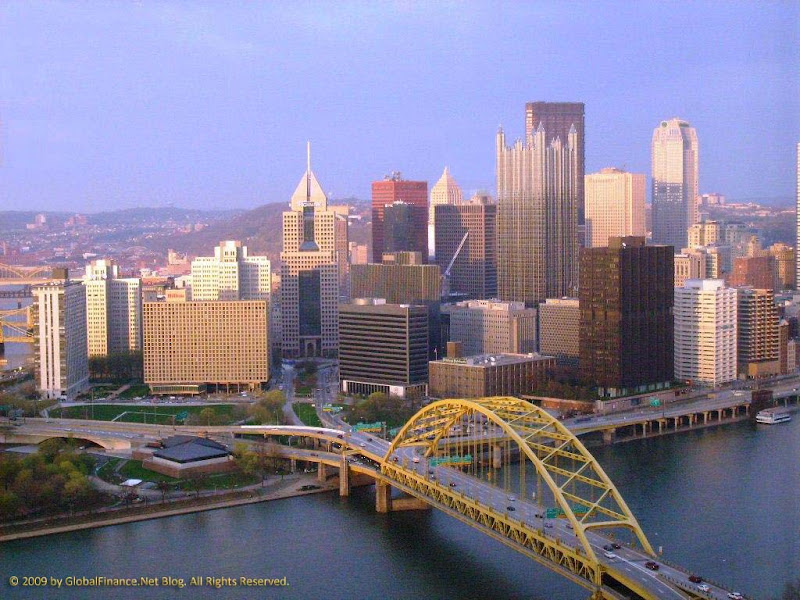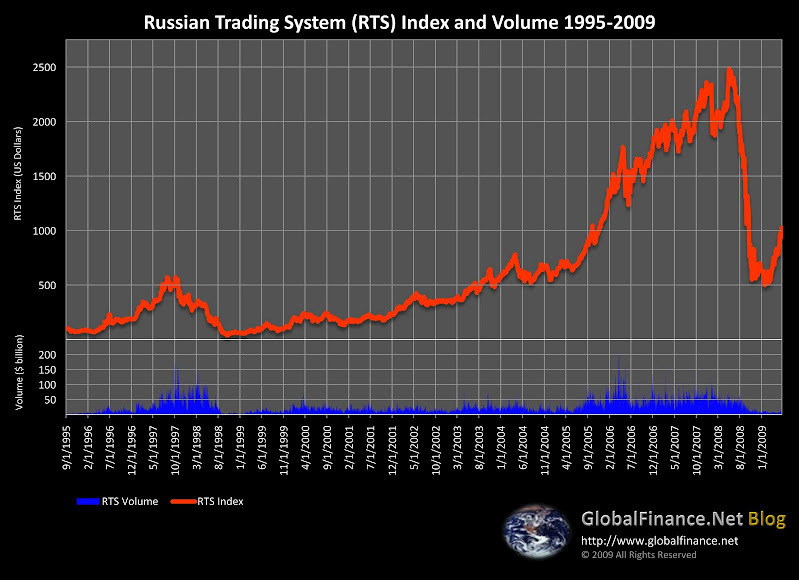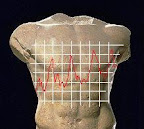A sample text widget
Etiam pulvinar consectetur dolor sed malesuada. Ut convallis
euismod dolor nec pretium. Nunc ut tristique massa.
Nam sodales mi vitae dolor ullamcorper et vulputate enim accumsan.
Morbi orci magna, tincidunt vitae molestie nec, molestie at mi. Nulla nulla lorem,
suscipit in posuere in, interdum non magna.
|
By Ken, on September 22nd, 2009 We haven’t posted here in a while, but we have been busy doing other things. Our subscribers may be interested to know that one of our writers regularly post on RGE Monitor (a prominent finance, economics and business analysis site chaired by Nouriel Roubini). We have two posts up at RGE and expect more to come. Here are the two up now:
1. Goldman Sachs’ Code and the Elephant In the Room, Ethan S. Burger and Kenneth Gray. This article details the alleged theft of trading software code from Goldman Sachs, its possible implications and what policymakers and firms could do to solve the problem.
2. Net Neutrality, Two More Words You Can Never Say On Television, Kenneth Gray. The FCC detailed its plans for net neutrality regulations on the internet and for wireless. This piece suggests an alternative that would solve many of the problems the net neutrality debate reveals while bringing U.S. network infrastructure back to its world leading position.
GlobalFinance.Net Blog hopes you enjoy the articles. Please head over to RGE, read the articles and participate in the discussion.
By Ken, on May 28th, 2009  G-20 to Meet in Pittsburgh G-20 to Meet in Pittsburgh
The Obama Administration announced that the Group of 20 (G-20) Summit scheduled for September, 2009 will take place in Pittsubrgh, Pennsylvania. Your author grew up in Pittsburgh, so the location is interesting for a number of reasons.
Random choice, or does Pittsburgh send a message?
Does the choice of Pittsburgh signal a U.S. turn to focus on manufacturing and industry as a path for economic revival? Pittsburgh was once one of the world’s industrial capitals and even today sits atop the largest coal seam on the planet. But modern day Pittsburgh’s largest industry is healthcare (with education and IT slightly behind). Will the G-20 be a showcase for how these new industries can replace the old?
The Wall Street Journal’s Bob Davis answers part of the question:
The decision to convene the leaders of the Group of 20 countries in the U.S. this fall around the time that heads of government gather at the United Nations in New York presented U.S. officials with a delicate decision: How to gather the 20 leaders in a way that didn’t insult those from countries that aren’t included.
Yinz is Triple yoi wrong! With all due respect, Pittsburgh’s symbolism stands for exactly what the world economy needs.
(… more commentary after the jump)
Continue reading “G-20 Meeting Goes to Pittsburgh” »
By Ken, on May 23rd, 2009  We added a new chart to our charts library at globalfinance.net/charts. The new chart is of the Russian Trading System (RTS) index of top-50 stocks in Russia. The index dates from 1995 and goes to today. The chart also includes daily volume data for the Russian market. We added a new chart to our charts library at globalfinance.net/charts. The new chart is of the Russian Trading System (RTS) index of top-50 stocks in Russia. The index dates from 1995 and goes to today. The chart also includes daily volume data for the Russian market.
We made this chart as part of an upcoming article we plan to publish about the financial crisis in Russia and what the government has been doing to solve it. However, we thought that our readers might enjoy seeing an interesting chart of Russia before the article comes out.
You can find more data on the RTS (in English) at http://www.rts.ru/en/, though the Russian pages are more up to date. The Russian pages are at http://www.rts.ru/.
The picture on the top-left is the Church on Blood of All Saints Resplendent in the Russian Land. The Church sits on what was once Ipatiev House, where Tsar Nicholas and his family were held hostage and executed by the Bolsheviks in 1918. I’m not trying to say something bad about the markets here, but I thought is was more intetesting that all of the usual Kremlin pictures.
To view the RTS chart on our pages, visit this link or go to the charts page. The chart is also below, please click on it for a larger version:

. . . And that’s how it goes
By Ken, on May 20th, 2009  We have been busy these past few weeks designing and updating the various “theme” charts we use on the website. While we plan to continue our discussion on various charts and their meaning, we created a persistent page where our readers can find some of our most popular charts. We have been busy these past few weeks designing and updating the various “theme” charts we use on the website. While we plan to continue our discussion on various charts and their meaning, we created a persistent page where our readers can find some of our most popular charts.
You can find our charts page at: globalfinance.net/charts.
Here are the charts we have updated on the page so far:
Dow Jones 1900-2009. A chart of the Dow Jones Industrial Average from 1900 to the present day (2009).
Four Presidents and the Dow. A chart comparing the Dow Jones Industrial Average performance during the first year of the administrations of Presidents Franklin D. Roosevelt, Ronald Reagan, Bill Clinton and Barack Obama.
Obama’s Approval and the Dow. This chart compares President Obama’s approval rating data from Rasmussen Polls and the change in the Dow Jones Industrial Average.
We will update the charts on both the charts page and here in the blog, though the blog will contain our analytical and background posts (the charts page is just a link for those who want only charts). We hope you find this useful!
By Ken, on March 5th, 2009 For anyone who thought CNBC provided a service other than entertainment , Comedy Central’s John Stewart took the entire CNBC crew to task on the Daily Show this week after being “bailed out” by Rick Santelli.
For anyone who remembers the talking-to John Stewart gave to now-defunct CNN gabfest Crossfire and its hosts Paul Begala and Tucker Carlson, the CNBC crew should be thinking about cleaning up its act or suffering the a similar fate. Crossfire is no more, Begala and Carlson have done no more than make cameo appearances as “commentators” on others’ political talk shows and CNN still lacks a headline political debate program to replace Crossfire’s former glory. CNBC’s bad calls, failure to do real journalism at times, growing competition from Bloomberg TV and Fox Business and the fact that they are owned by GE (whose stock price slips day by day) does not portend anything good. John Stewart may just be a comic, but comedy is also social commentary. Go ask Tucker or Paul!
By Ken, on March 2nd, 2009
The market close March 2 was not good. Perhaps the only faint glimmer of hope was that the S&P 500 index managed to hold above the important 700 level (though it barely held there). The Dow closed at 6763.29, making it feel like 1997 all over again.
The purpose of this post is to update our usual Dow 1900-2009 charts and our shorter-term arithmetic chart for 1997-2009. Our discussion of the market is coming, but what is haunting us right now is our post from back in November 2008:
Dow 4000?
We need to look at the 1900-2008 chart to see the magnitude of the situation we are in. We will not attempt to discuss what got us here right now (debt, federal reserve, innovation, …), the fact is, we are here. Most of the large gain in the Dow is the 4000-14000 run from 1995 to 2007.
Only two more years backward to go before we reach 1995. One other observation with today’s charts is that the bull-runs of 1999-2002 and 2005-2008 appear to form a double top at the very peak of a much larger wave. In technical analysis (and I don’t put that much weight in technical analysis), this is a sign that things are about to fall.
(More on the Dow’s decline, the double-top and the charts after the jump…)
Continue reading “Dow Below 7000, 1900-2009 Chart Double Top” »
By Ken, on March 2nd, 2009
The news media has been pushing an attack on the Obama administration connecting the severe decline in the markets. Barry Ritholtz covers the alleged paid revolt started by Rick Santelli at CNBC, but the negative coverage from the MSM begs a larger question – does Obama need to start worrying about the markets?
In short, any political consultant getting a daily poll for the President would probably advise a gradualist course of action. The reason is Mr. Obama’s high approval ratings and low disapproval numbers. As to the opposition, well, the Republicans have proven themselves good at self-destruction.
But those approval/disapproval metrics may be changing is a way that should worry the pols in Washington, and there is a clear correlation with the Dow Jones.
(Charts and discussion after the jump…)
Continue reading “Obama, the Dow and the Markets” »
Page 1 of 612345...»Last »
|
|




 We added a new chart to our charts library at
We added a new chart to our charts library at 
